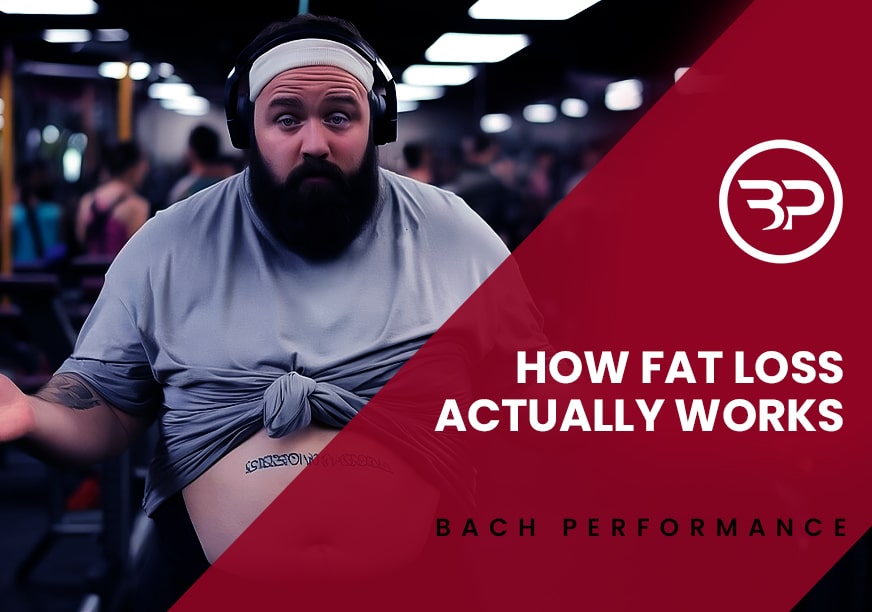The Secret of Absolute and Relative Strength for Athletes
January 6, 2015
Key Points:
-Absolute strength and relative strength are both vital to athletes, but more attention must be paid to relative strength for athletes.
– Strength is a key component for athletic success, but of one of many components
-Further increasing strength levels may reach a point of diminishing returns in athletic performance if the pursuit of strength is overemphasized other components of sport.
I’m going to let you in on a little secret. Absolute strength gets all the glory, but relative strength for athletes reigns king. In other words, being strong isn’t enough; you need to be strong for your size, too.
Wait…What?
“I thought being super strong was a cure all?”
There’s a reason athletes don’t train exactly like powerlifters, and a reason powerlifters don’t train exactly like athletes. They require different skills, have individual needs, and limited resources to train.
To be honest, not everyone needs to be jacked out of their minds or squat 400 plus pounds to be a better athlete. Those guys are a dime a dozen– by lifting progressively heavier weights, cramming enough food down your gullet, and sleeping enough you’ll get big and strong.
On the contrary, you rarely see smaller guys performing insane feats of strength in sport. Think 5’8″ Nate Robinson throwing down Tomahawk dunks amongst 7’0″ centers. His relative strength is exceptional and when combined with sound technique, you have explosive power.
Why This Matters
As a relative strength athlete and coach of relative and absolute strength athletes I’m fortunate to have an improved perspective on what my athletes need to emphasize to maximize training and carryover into sports. Athletes spending too much time adding plates to the bar reach a point of diminishing returns if it causes un-necessary allocation of training and recovery resources and extra body mass.
Stop Taking Every Strength Building Article as the End all Be All
Contrary to what’s pushed in most major fitness publications absolute strength isn’t the end all be all–you must be relatively stronger than your competitors to gain a distinct advantage in sports that are based around speed, power, and movement.
You may love lifting heavy as much as anyone, but there is a point when “strong” is strong enough and the risks of pursuing further strength enhancement outweigh the rewards.
Relative Versus Absolute Strength
I want to be crystal clear–absolute strength is essential for athletes. To be relatively strong you must have a base of absolute strength.
Relative strength= absolute strength/bodyweight
However, athletes that move their body through space such as gymnasts, sprint athletes, and combat sports with weight restrictions reach a point of diminishing returns when training for maximal strength and size. If training is too focused on improving maximum strength above other training variables then we’re missing the boat on training athletes to their sport.
Take the following example:
Ben Johnson, juiced or not juiced, was an absolute beast on the track and in the gym. With a 600lb+ squats at 170-180lbs he was absolutely stronger and relatively stronger than his competition, but would training to improve his squat as the primary mode of training necessarily improve his performance if other training suffers and he potentially gains weight to accommodate his training?
Here are some hypothetical numbers:
625lbs squat at 175lbs= 3.57x/bw
650 lbs squat at 185lbs= 3.51x/bw
Or a More practical Example:
405lb squat at 200 lbs = 2.025 x/bw
425 lb squat at 225 lbs = 1.89 x/bw
As you see, being stronger in an absolute sense doesn’t always mean stronger in a relative sense, which is more important for movement. This difference might seem minor, but if the additional weight results in being a step slower, or losing the ability to decelerate the body is the athlete really better? I’d venture not.
Relative Strength for Athletes
There are many factors to consider, but heavy strength training is a tool for improvement, not the end-all be-all in performance. Does the allocation of resources towards building more strength with potential gains in size outweigh the benefits of higher relative strength and corresponding improvements in agility, speed, power, and coordination?
No, not when the athletes sports are mostly movement based.
You may be looking to get as big as a house for cosmetic reasons or for lifting more weight–that’s fine and there are always exceptions for absolute strength athletes like lineman, and strongman competitors. However, if you’re looking to get the most out of athletic movement then gaining absolute strength and size isn’t always as important as improving relative strength for athletes.
Lets Discuss:
It’s important that lifters, competitive athletes, and trainers all understand the basis and limitations for certain styles of training. Training and improving absolute strength does a lot of great things, but it’s not the end-all be all to performance. Being absolutely strong isn’t enough– believing that is simply promoting another unquestioned training myth. The real bad-asses are relatively strong– and able to run, jump, cut, and move their body like high-performance machines.
I know I’m opening a pandora’s box and going to get some flack for down talking absolute strength, but it’s a discussion that needs to be had and I want to hear your thoughts. Drop me a comment below and lets start the conversation.









[…] The Secret of Absolute and Relative Strength for Athletes — Eric Bach […]
[…] strong isn’t enough, you should also be strong for your size, and there’s no better exercise to build relative strength than the […]